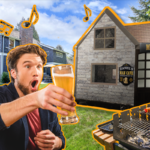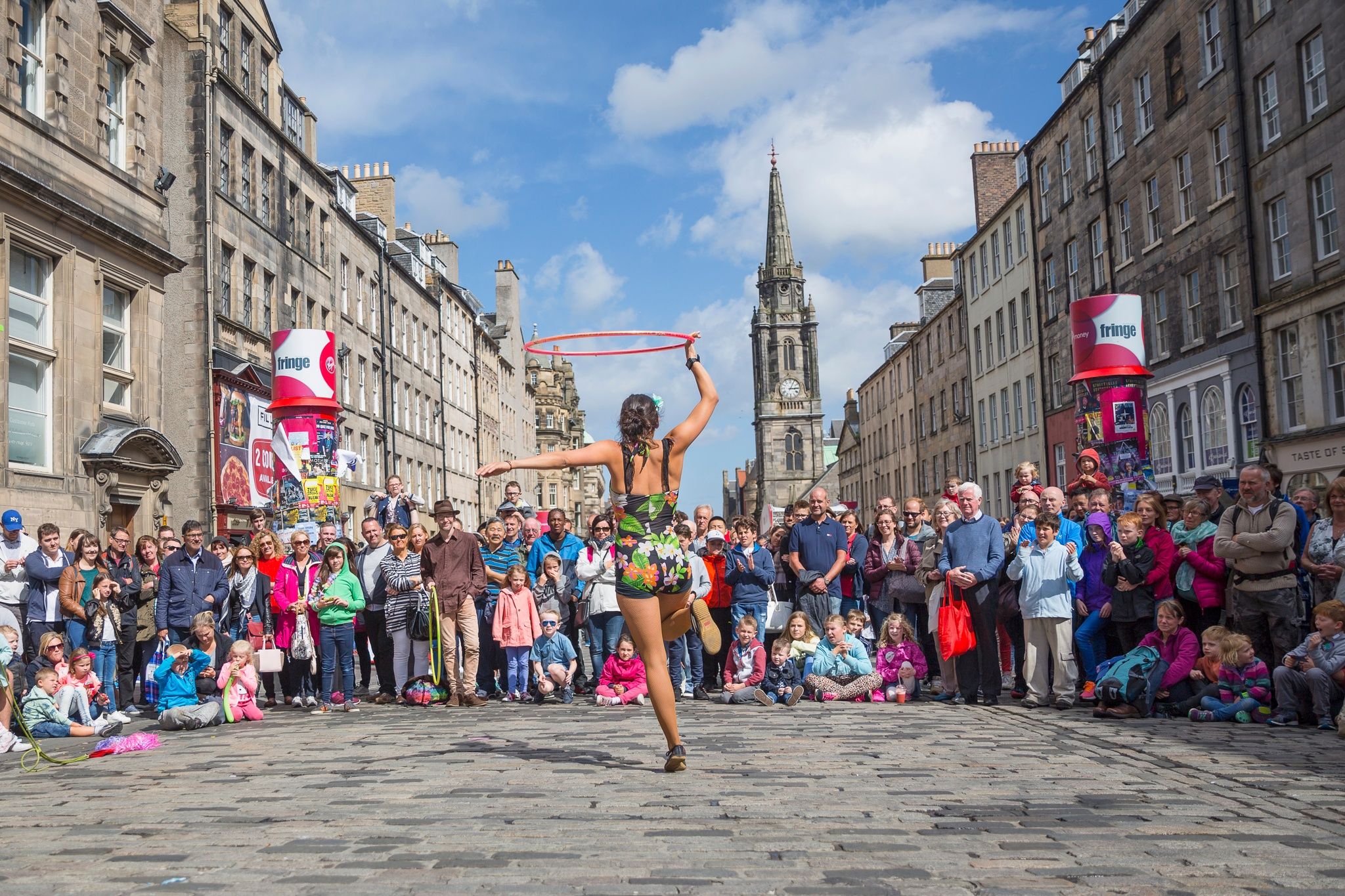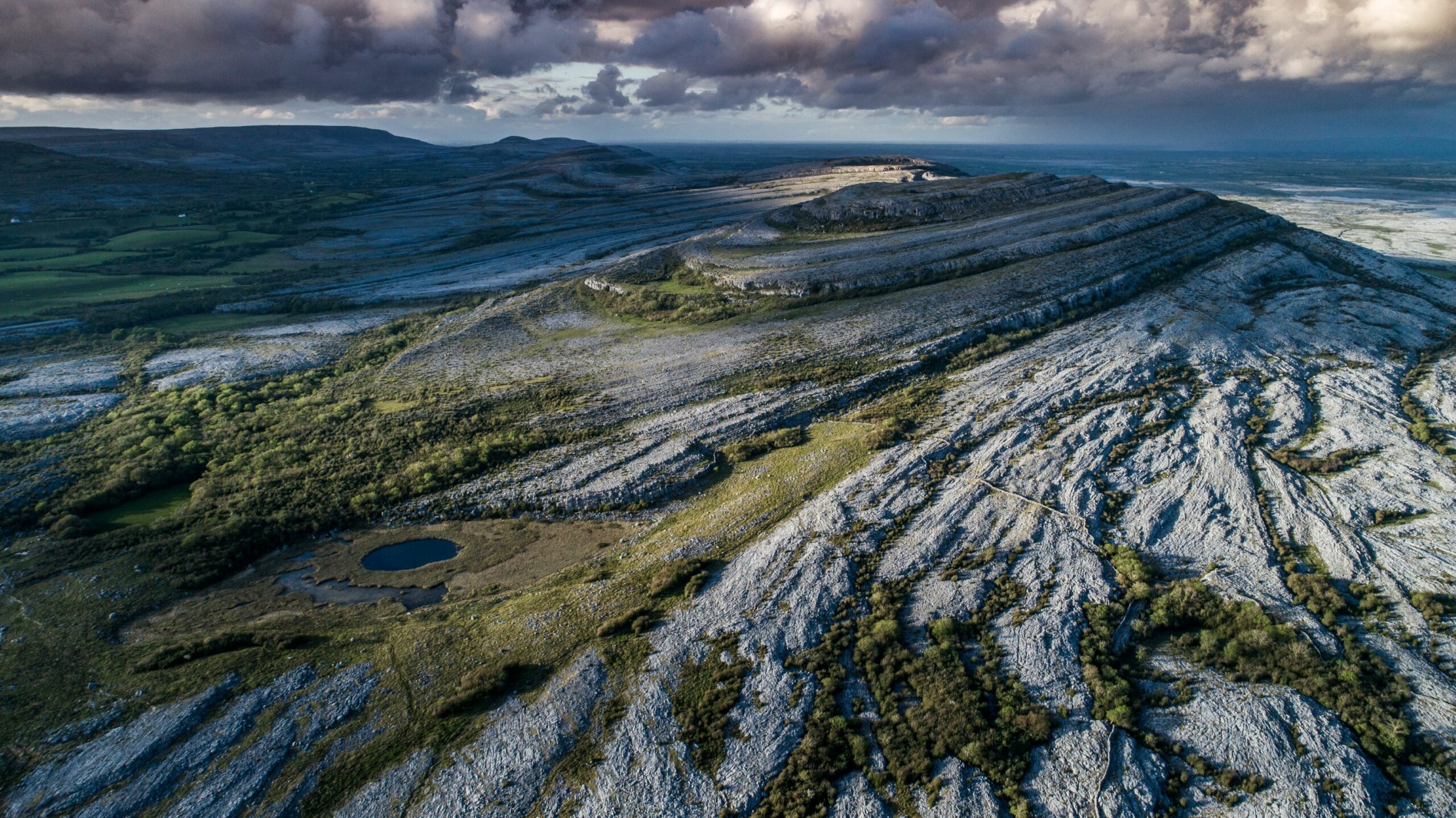Whisky, Scotland’s national drink, has been lovingly crafted throughout the country for centuries. There’s over 100 working distilleries operating today (and counting!), each making whisky in their own unique way. Learn more about the different types of whisky, find out how malt whisky is made and discover the history of this illustrious golden spirit.
TYPES OF WHISKY
There are three different types of Scotch whisky: malt whisky (also known as single malt), grain whisky and blended whisky. But how do they differ?
MALT WHISKY
Malt whisky is made using malted barley, water and yeast. The liquid is distilled in huge copper pot stills (you’ll see them on most distillery tours) and is matured in whisky barrels for a minimum of three years (though most is matured for much longer than this). Single malt whisky is produced at one distillery while blended malt whisky is the product of two or more distilleries.
GRAIN WHISKY
Grain whisky is made pretty differently. This time malted barley is mixed with unmalted barley and other cereals (such as maize and wheat) before the whole mixture is combined with water and then yeast. The resulting liquid is distilled in a tall patent still (or Coffey still) which looks very different to the traditional pot still and yields more spirit at a much higher strength.
BLENDED WHISKY
Blended whisky involves an intricate process of mixing different single malts (anything from 15 to 50) with grain whisky. It’s a complex process – whiskies from different distilleries have characters all of their own and don’t always blend happily with certain others – which is why the art of blending is so skilled and recipes are a closely guarded secret. Many blended whiskies are now household names, including Bells, Dewars, Whyte and Mackay, Johnnie Walker and The Famous Grouse.
HOW SINGLE MALT WHISKY IS MADE: A STEP-BY-STEP GUIDE
There are four different stages of malt whisky production:
1. MALT THE BARLEY
Barley is steeped in water and then left out on a malting floor to sprout shoots. It is then baked in a kiln to dry it out before being milled.
2. MIX THE GROUND BARLEY WITH HOT WATER
The ground barley, or grist, is mixed with hot water in a mash tun (pictured), producing a sugary liquid called ‘wort’. This is the basis for the alcohol. The remaining solids are used as a nutritious cattle feed – nothing goes to waste here!
3. ADD THE YEAST
The liquid wort is passed into large vats called washbacks (pictured). Yeast is then added and allowed to ferment which converts the sugars in the wort into an alcohol at around 8% abv. This liquid is now known as the ‘wash’.
4. DISTIL THE SPIRIT
The liquid wash is heated in two copper pot stills (pictured), the wash still and the spirit still. Only the highest quality part of the spirit, the ‘heart of the run’, is collected and poured into oak casks to age. The rest is siphoned and re-distilled.








